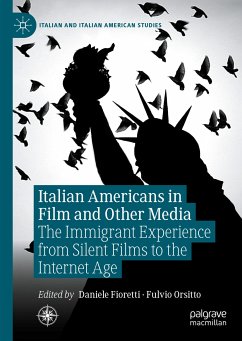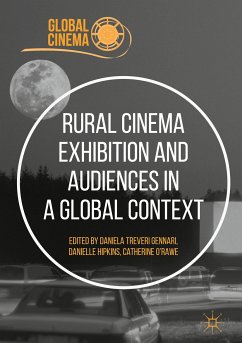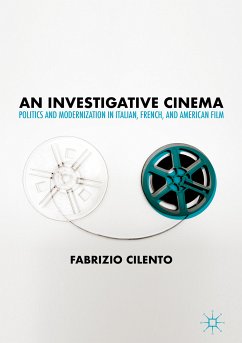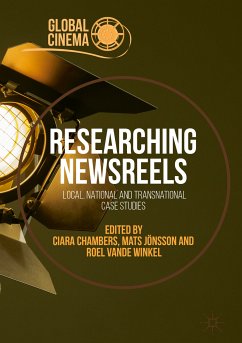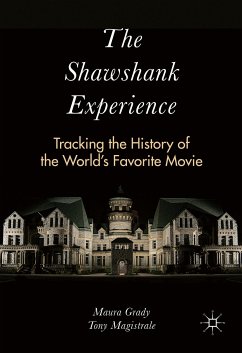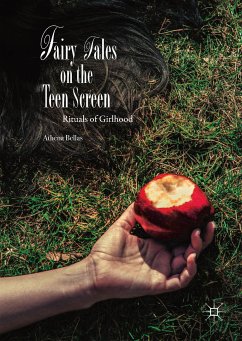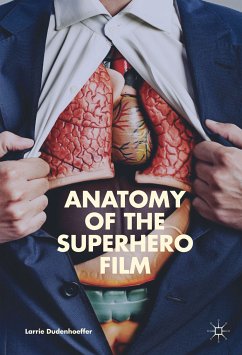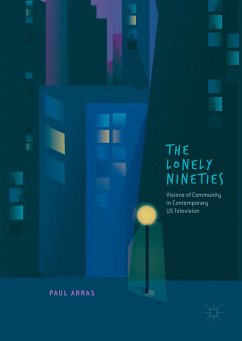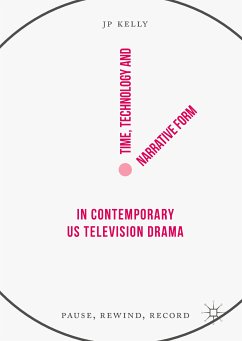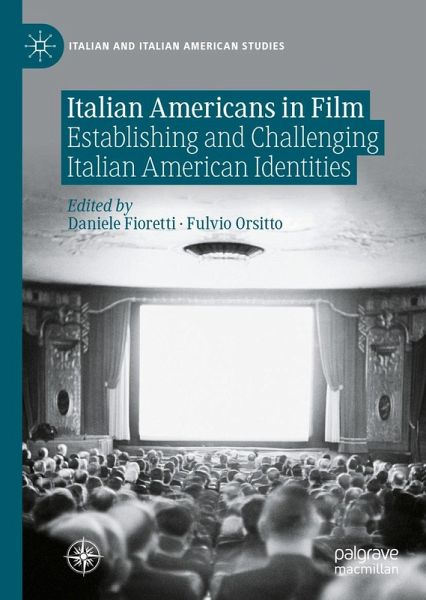
Italian Americans in Film (eBook, PDF)
Establishing and Challenging Italian American Identities
Redaktion: Fioretti, Daniele; Orsitto, Fulvio
Versandkostenfrei!
Sofort per Download lieferbar
128,95 €
inkl. MwSt.
Weitere Ausgaben:

PAYBACK Punkte
64 °P sammeln!
This book examines how Italian Americans have been represented in cinema, from the depiction of Italian migration in New Orleans in the 1890s (Vendetta) to the transition from first- to second-generation immigrants (Ask the Dust), and from the establishment of the stereotype of the Italian American gangster (Little Caesar, Scarface) to its re-definition (Mean Streets), along with a peculiar depiction of Italian American masculinity (Marty, Raging Bull). For many years, Italian migration studies in the United States have commented on the way cinema contributed to the creation of an identifiable...
This book examines how Italian Americans have been represented in cinema, from the depiction of Italian migration in New Orleans in the 1890s (Vendetta) to the transition from first- to second-generation immigrants (Ask the Dust), and from the establishment of the stereotype of the Italian American gangster (Little Caesar, Scarface) to its re-definition (Mean Streets), along with a peculiar depiction of Italian American masculinity (Marty, Raging Bull). For many years, Italian migration studies in the United States have commented on the way cinema contributed to the creation of an identifiable Italian American identity. More recently, scholars have recognized the existence of a more nuanced plurality of Italian American identities that reflects social and historical elements, class backgrounds, and the relationship with other ethnic minorities. The second part of the book challenges the most common stereotypes of Italian Americanness: food (BigNight) and Mafia, deconstructing the criminal tropes that have contributed to shaping the perception of Italian-American mafiosi in The Funeral, Goodfellas, Donnie Brasco, and the first two chapters of the Godfather trilogy. At the crossroads of the fields of Italian Culture, Italian American Culture, Film Studies, and Migration Studies, Italian Americans in Film is written not only for undergraduate and graduate students but also for scholars who teach courses on Italian American Cinema and Visual Culture.
Dieser Download kann aus rechtlichen Gründen nur mit Rechnungsadresse in A, B, BG, CY, CZ, D, DK, EW, E, FIN, F, GR, HR, H, IRL, I, LT, L, LR, M, NL, PL, P, R, S, SLO, SK ausgeliefert werden.



